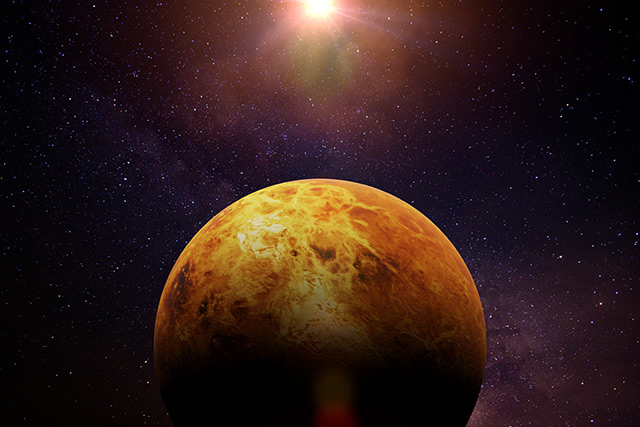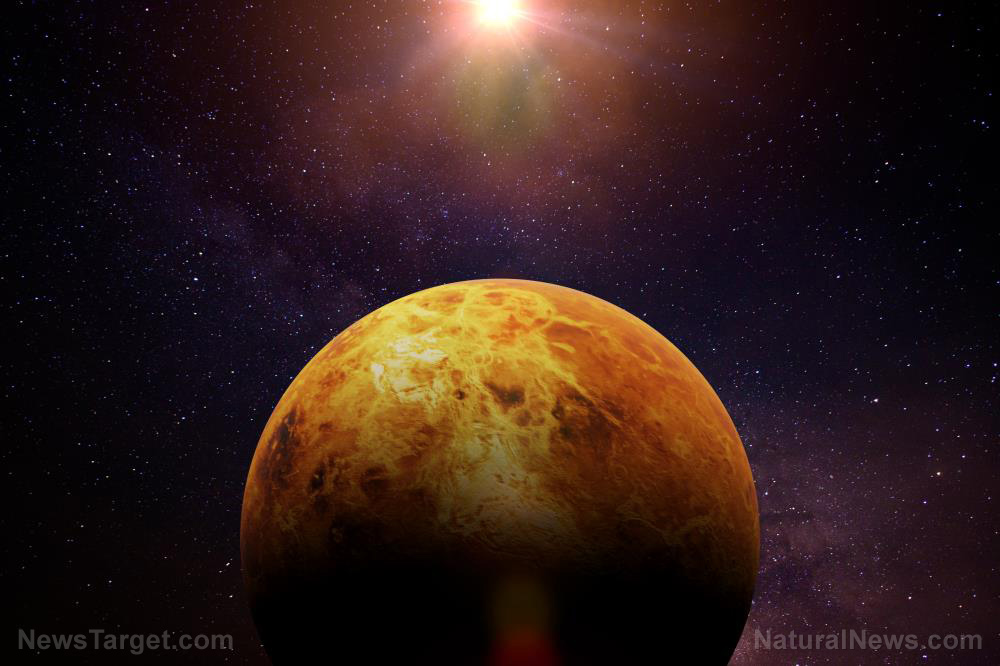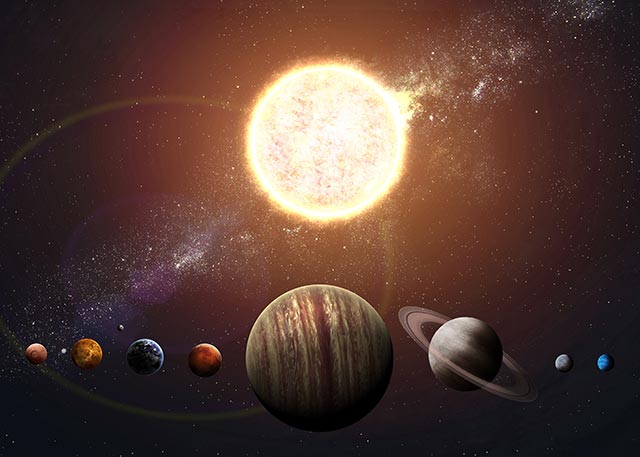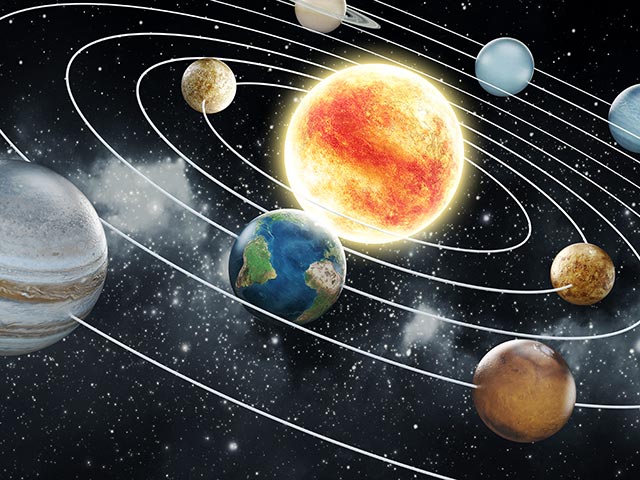Interplanetary hoppers: Microbes from Earth may have reached Venus by hitchhiking on asteroids
09/25/2020 / By Virgilio Marin

If Venusian life does exist, it may have originated from Earth: An interplanetary hopper hitched a ride with an asteroid that grazed Earth’s upper atmosphere and landed on Venus.
Researchers from Harvard University — astronomy professor Avi Loeb and student Amir Siraj — proposed the idea after a group of scientists recently detected signatures of phosphine. Microorganisms can produce this colorless gas in the absence of oxygen. The discovery team averred that abiotic chemical reactions might be generating the gas. But it’s also possible that it’s being churned out by microbes residing in the planet’s acidic clouds.
Loeb and Siraj posit that those hardy microbes may have come from Earth’s atmosphere, which got blasted into space by an asteroid that dipped close to the planet but never landed. Instead, the space rock made its way to Venus and deposited the microorganisms into its atmosphere, where conditions are much milder than those on the surface.
Earth-grazing asteroid may have brought life to Venus
The team drew inspiration from a meteor that entered Australian skies in July 2017. The rock was small but heavy; it’s roughly 12 inches wide and weighs 132 pounds. According to another study, the meteor zoomed through the upper atmosphere for 90 seconds before resuming its trek through space.
Loeb and Siraj previously suggested that such Earth-grazing asteroids can potentially transport life to other worlds. In a separate paper published in the journal Life, they posited that the July 2017 meteor likely scooped up about 10,000 microbial colonies during its brief jaunt through the sky.
They also estimated how many 12-inch Earth grazers are in space and how often these objects get slingshotted out of the solar system. Their estimates were astounding: At least 10 million space objects might have had been captured by exoplanetary systems since the solar system was formed. Meanwhile, there might be as many as 1,000 of them that harbor living microorganisms at the time of their capture, surviving the long trek through the cosmos.
Intrigued by the discovery of phosphine signatures, the two researchers crunched the numbers on Earth grazers again, but this time, they calculated how many of them possibly landed on Venus. Over the last 3.7 billion years, at least 600,000 rocks that skimmed Earth’s upper atmosphere likely hit Venus after ambling through deep space for less than 100,000 years. Hardy microbes, such as extremophiles, can manage to survive asteroidal conditions during that time frame. In fact, recent research found that certain species of bacteria could last in space for several years.
Could Earth’s life have come from Venus via a grazer?
The concept of life hopping from Earth to another world is called panspermia. And it can also go the other way: Life arrived here on Earth billions of years ago – aboard, as the theory goes, a Venus-grazing asteroid.
“This potentially viable mechanism for transferring life between the two planets implies that if Venusian life exists, its origin may be fundamentally indistinguishable from that of terrestrial life,” according to Loeb and Siraj.
It’s not entirely impossible for life to have come from Venus, especially as the planet likely harbored oceans and a stable climate several billion years before it became the notorious hothouse it’s known today.
Researchers from the National Aeronautics and Space Administration and Uppsala University in Sweden explored several hypothetical scenarios throughout different points of Venusian history. Their findings suggested that ancient Venus likely supported liquid water and had surface temperatures between 68 to 104 degrees. These conditions likely persisted for three billion years until a mysterious resurfacing event took all of them away. (Related: NASA says that aliens live on Venus, but they’re only microbes.)
Still, Loeb and Siraj weren’t claiming that life definitely hopped from Earth to Venus or vice versa. They also acknowledged that further research would be needed to establish how interplanetary hopping could have had occurred between Earth and Venus. But they’re hopeful that their study would lead to more investigations exploring alternative channels for the emergence of life.
Cosmos.news has more on interplanetary hopping and its implications for life in space.
Sources include:
Tagged Under: alien life, asteroids, astrobiology, biology, cosmos, Earth-grazing asteroids, extremophile, habitable planet, interplanetary hopping, life on Venus, microbes in space, origins, outer space, panspermia, Space, space research, Venus
RECENT NEWS & ARTICLES
Cosmic.News is a fact-based public education website published by Cosmic News Features, LLC.
All content copyright © 2018 by Cosmic News Features, LLC.
Contact Us with Tips or Corrections
All trademarks, registered trademarks and servicemarks mentioned on this site are the property of their respective owners.

















